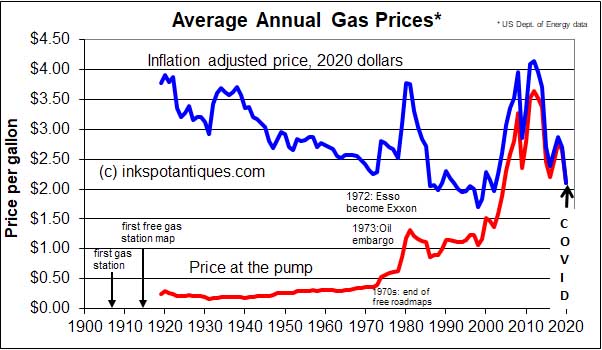sc94597 said:
India's preamble says: WE, THE PEOPLE OF INDIA, having solemnly resolved to constitute India into a SOVEREIGN SOCIALIST SECULAR DEMOCRATIC REPUBLIC India followed the Soviet planned economic model until 1991 after the Soviet Union collapsed. While the economy is much freer today, due to some liberalization, there is still a lot of central planning going on, much more than in Western Countries, and yes that includes European social democracies. You are fine to provide your academic sources by the way, rather than just mention them. ;) Here is one of my sources; Africa, Latin America, and Asia have base intergenerational elasticities between parents and children's income of about 0.66, 0.66, 0.5 respectively. Europe of .4, and the Nordic countries of .2. Lower is better here. |
Hmm, I must confess I didn't realise how far India tried to emulate the Soviet model, but taking the factors of the Indian society in mind, it's no wonder it all went very slow (looks like the USSR easily outpaced them). However their economy today is quite market oriented (it looks like they don't really know which way to go.
I can unfortunatly only point you to the website of our University press since the book isn't available online. It's also in Dutch :/
http://www.academiapress.be/sociologie-een-hedendaagse-inleiding-1458.html



















































